|
The funny thing about Wall Street is that when stocks go on sale, nobody is interested, and when the prices are high (as they are today), that’s when folks clamor to buy. When Wall Street reprices, it can happen much faster than you might think, or than you can react to. So, adhering to the old adage of “Buy low, sell high” is as important today as it has ever been. Below are just a few examples of why that’s the case. The Poster Children of the Perils of Purchasing Pricey Investments
And here is a little more color on each lesson learned. Click on the blue-highlighted words to access a blog in the archives on that subject. The Poster Children of the Perils of Purchasing Pricey Investments 1. General Electric. In 2017, General Electric was trading for $32/share and offering a yield of 4.7% to shareholders. Today, GE stock trades for under $11/share and the dividend has been slashed to almost nothing (0.37% yield). There were many signs that GE was borrowing from Main Street to buy back its own stock and pay dividends, which keeps insiders and investors happy, but short-changes workers and the rest of us. I put GE on my Cooling Off Stocks List in 2015. Warren Buffett managed to sell all of his shares a few months before the company slashed its dividend in half, in 2017. On Oct. 8, 2019, GE froze the pension plans of 20,000 workers. The company is underfunded on its pensions and other post-employment benefits by $27.2 billion. Total liabilities for GE top $258 billion. General Electric is just one example of why knowing what you own and learning the basics of investing in stocks is essential in today’s world. 50% of corporate bonds are at the lowest level, just above junk status. Many Wall Street companies are using share repurchases as the financial engineering needed to make their earnings per share look better than it really is, and the price to earnings ratio look lower. 2. WeWork (Uber, Lyft). There were a series of “unicorn” IPOs in 2019 that were really insider liquidation events more than opportunities. The growth at these companies was astonishing (though not as astounding as cannabis). However, so were the losses that had been piling up for more than 4 years. In the case of WeWork, JPMorgan and Softbank were pushing for a $47 billion CEO Adam Naumann personally. Institutional investors balked at the road show, and wouldn’t take the bait even when it was lowered to a $10 billion valuation. The latest bailout deal offered to WeWork by Softbank carries a valuation in the $8 billion realm. Adam Naumann has been stripped of his CEO responsibilities. Thankfully, Main Street investors were protected from this calamity. However, JP Morgan and Softbank had large investments that will have to be written down and protected. So, even Wall Street insiders can drink the wrong Kool-Aid. 3. Ford. In our investor educational retreats, we’ve been using Ford as an illustration for many years, as an example of a highly overleveraged company that was borrowing from Main Street to buy back stock and pay a high dividend, similar to General Electric’s strategy. Ford is a beloved brand, so it was still able to borrow in the bond market, even though when was at the lowest rung of investment grade, offering a mere 5% yield for 30-year bonds. On September 9, 2019, Moody’s downgraded Ford bonds to junk. They had warned of this possibility in 2018. Click to see my blogs on that. 4. Apple. December of 2018 was the worst on Wall Street since the Great Depression. Apple cut its buyback plan in half in October and November, and then stopped buying altogether in December 2018. That’s one of the problems with having the current bull market so reliant on share repurchases. Many corporations have various parameters around their buyback authorization, which can include price. Sometimes the company uses up all of their authorization before the end of the year, and before the board can jumpstart a new round. And, as in the case of GE, Ford, Boeing and other companies, when the debt gets too large, the banks start imposing prohibitions on buybacks when they loan more dough. In Apple’s case, it was a company decision, which has never been explained on record (that I can find). 5. Real Estate. If you purchase real estate too high, your whole life can be ruined. Not only are you at risk of losing your home. Your credit score will be shot. If you stay in your home with an underwater mortgage, you could be stuck there for years, or decades, even if career opportunities or family needs lie in other cities. One thing that you should never do is drain your nest egg to try and stay afloat in an unsustainable lifestyle or an unaffordable home. FYI: banks have recently been offering loan mods that put your mortgage far above the value of your home. If you are in this position, then it’s worth it to seek time-proven solutions, which will never be offered by the entity that you owe money to (i.e. the bank). I have a Debt section in The ABCs of Money that is worth reading. Real estate is back to an all-time high and is unaffordable in many major cities. Buyer beware. 6. Cannabis. Cannabis has been offering highs and hangovers to investors since Canada legalized marijuana in October of 2018. This is a classic example of why price matters. The growth in all of the legitimate cannabis companies that are publicly traded on the Big Boards (excluding the pink sheet penny pot stock scams) is astronomical. The pullback in share prices of late has nothing to do with potential and everything to do with valuation. Today could in fact be a buying opportunity for the hottest pot stocks, particularly those where the annual sales is getting close to the current market capitalization. In addition to growth potential, leadership and the other key factors of identifying the leaders of the industry, you must consider valuation. 7. Gold. Everyone wanted to buy gold in 2011, when it hit $1,895 an ounce. What happened? The banks decided that they would sell off their ETF holdings, which forced American gold investors to take a haircut. Even in an industry like gold, which can go up when stocks go down and is thus a good hedge against weakness on Wall Street, you can’t be all in. Annual rebalancing and proper diversification allow you to get hot in industries like gold, without being over your skis, while having a balanced plan that prompts you to buy low and sell high on auto-pilot once a year. This is taught in my books, emphasized in my unbiased 2nd opinions and covered extensively at my 3-day, life transformational, investor educational retreats. Call 310-430-2397 to learn more. FYI: Most people are still using the outdated Buy & Hope plan, which has cost investors more than half of their equity investments in the last two recessions. It’s time to step off this Wall Street rollercoaster and employ a time-proven plan. 8. Bitcoin. Many gold bugs turned to cryptocurrency in 2017. Just as gold was in 2011-2012, Bitcoin, Ethereum, Litecoin and others were trading high at the end of 2017. If you bought in, you got burned. Bitcoin peaked at $20,000/coin in December of 2017. It’s currently at $9,354. With regard to lesser known crypto projects, buyer beware. There are a lot of sketchy ruse artists offering scams in this space, trying to line their own wallets with gold at your expense. Even Facebook’s Libra has seen many of its partners jump ship, including Paypal, eBay, Visa, Mastercard. 9. CAPE. When I interviewed Nobel Prize winning economist Robert Schiller a few weeks ago, the average price to earnings ratio over the last 10 years was at an all-time high. The only two times it has been higher were before the Dot Com Recession and the Great Depression. We all know how those stories ended. During the Dot Com Recession, NASDAQ stocks lost 78% of their value, and took 15 years to crawl back to even. For most people that means that now is the time to fix the roof while the sun is shining – to actually sell high in your nest egg and trim back to an exposure in equities that is appropriate for your age. Be careful here. You must also learn what’s safe in a world where 50% of corporate bonds are almost junk, and the world is carrying more debt than it has ever seen. The short cautionary flag here is that bonds lost money in 2018 alongside stocks. So, getting safe is trickier than normal. That’s why it’s so important to have a time-proven plan in place at all times, so that you don’t have to worry about “trying to catch a falling knife.” (Wall Street’s metaphor for trying to react to a stock that is repricing overnight.) This may seem like a lot to keep track of. However, once you set up your easy-as-a-pie-chart strategy, all you have to do is to rebalance once a year. That’s less time, money and worry than most people are spending. Otherwise, you’re just riding the Wall Street rollercoaster up and down, never taking advantage of sales, and never selling high when things get overpriced. Again, as I mentioned earlier, annual rebalancing, along with proper diversification (ala our easy-as-a-pie-chart nest egg strategies), is a buy low, sell high system on auto-pilot. That’s why we call it the ABCs of Money that we all should have received in high school. So, as the Feds continue to inject adrenaline into the economy in the form of low interest rates, and as the media and Wall Street insiders try to convince us that things are great, it’s more important to notice what they’re doing behind the scenes and to understand the fundamentals that drive or tank economies. Homeowners and anyone with a nest egg can be certainly happy that stocks and home prices are at an all-time high. However, banking that the rally will continue forever is never the best strategy. (Neither is selling everything before the Apocalypse.) Below are statistics that are very relevant to consider today as almost all assets are back to all-time highs, as is debt.
In the late stage of the business cycle, your best move is to:
Wisdom is the cure. Call 310-430-2397 to learn more about receiving an unbiased 2nd opinion and about attending our next 3-day Investor Educational Retreat. Full Disclosure: I own long positions in cannabis and gold, and short positions in mall real estate. Other Blogs of Interest Will There be a Santa Rally? It's Up to Apple. Will JP Morgan Implode on Fairy Tales and Unicorns. Harness Your Emotions for Successful Investing. What the Ford Downgrade Means for Main Street. The Dow Dropped Over 1000 Points Tesla's 3Q 2019 Deliveries Could Hit 100,000. Do We Talk Ourselves into Recessions? Interview with Nobel Prize Winning Economist Robert J. Shiller. The Winners and Loser of a Clean Energy Policy. Make the Climate Strike Personal. Ford is Downgraded to Junk. From Buried Alive in Bill to Buying Your Own Island. The Manufacturing Recession. An Interview with Liz Ann Sonders. Gold Mining ETFs Have Doubled. The Gold Bull Market Has Begun. The We Work IPO. The Highs and Hangovers of Investing in Cannabis. Recession Proof Your Life. China Takes a Bite Out of Apple Sales. Will the Dow Hit 30,000? A Check Up on the Economy Red Flags in the Boeing 2Q 2019 Earnings Report The Weakening Economy. Think Capture Gains, Not Stop Losses. Buy and Hold Works. Right? Wall Street Secrets Your Broker Isn't Telling You. Unaffordability: The Unspoken Housing Crisis in America. Are You Being Pressured to Buy a Home or Stocks? What's Your Exit Strategy? Will the Feds Lower Interest Rates on June 19, 2019? Should You Buy Tesla at a 2 1/2 Year Low? It's Time To Do Your Annual Rebalancing. Cannabis Crashes. Should You Get High Again? Are You Suffering From Buy High, Sell Low Mentality? Financial Engineering is Not Real Growth The Zoom IPO. 10 Rally Killers. Fix the Roof While the Sun is Shining. Uber vs. Lyft. Which IPO Will Drive Returns? Boeing Cuts 737 Production by 20%. Tesla Delivery Data Disappoints. Stock Tanks. Why Did Wells Fargo's CEO Get the Boot? Earth Gratitude This Earth Day. Real Estate is Back to an All-Time High. Is the Spring Rally Over? The Lyft IPO Hits Wall Street. Should you take a ride? Cannabis Doubles. Did you miss the party? 12 Investing Mistakes Drowning in Debt? Get Solutions. What's Hot in 2019? The Debt Ceiling Was Hit (Again) on March 1, 2019. How Bad Will the GDP Report Be? 2019 Investor IQ Test The State of the Union CBD Oil for Sale. The High Cost of Free Advice. Apple's Real Problem in China: Huawei. 2019 Crystal Ball. 2018 is the Worst December Ever. Will the Feds Raise Interest Rates? Should They? Learn what you're not being told in the MSM. Why FANG, Banks and Your Value Funds Are in Trouble. When the Santa Rally is a Loser, the Next Year is a Bigger Loser. Russia Dumps Treasuries and Buys Gold OPEC and Russia Cut Oil Production. Important Disclaimers Please note: Natalie Pace does not act or operate like a broker. She reports on financial news, and is one of the most trusted sources of financial literacy, education and forensic analysis in the world. Natalie Pace educates and informs individual investors to give investors a competitive edge in their personal decision-making. Any publicly traded companies or funds mentioned by Natalie Pace are not intended to be buy or sell recommendations. ALWAYS do your research and consult an experienced, reputable financial professional before buying or selling any security, and consider your long-term goals and strategies. Investors should NOT be all in on any asset class or individual stocks. Your retirement plan should reflect a diversified strategy, which has been designed with the assistance of a financial professional who is familiar with your goals, risk tolerance, tax needs and more. The "trading" portion of your portfolio should be a very small part of your investment strategy, and the amount of money you invest into individual companies should never be greater than your experience, wisdom, knowledge and patience. Information has been obtained from sources believed to be reliable however NataliePace.com does not warrant its completeness or accuracy. Opinions constitute our judgment as of the date of this publication and are subject to change without notice. This material is not intended as an offer or solicitation for the purchase or sale of any financial instrument. Securities, financial instruments or strategies mentioned herein may not be suitable for all investors. Comments are closed.
|
AuthorNatalie Pace is the co-creator of the Earth Gratitude Project and the author of The Power of 8 Billion: It's Up to Us, The ABCs of Money, The ABCs of Money for College, The Gratitude Game and Put Your Money Where Your Heart Is. She is a repeat guest & speaker on national news shows and stages. She has been ranked the No. 1 stock picker, above over 830 A-list pundits, by an independent tracking agency, and has been saving homes and nest eggs since 1999. Archives
July 2024
Categories |


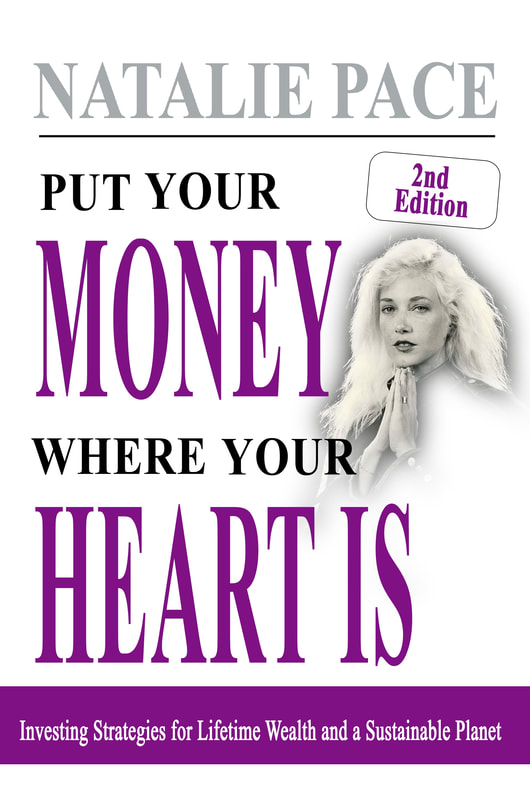
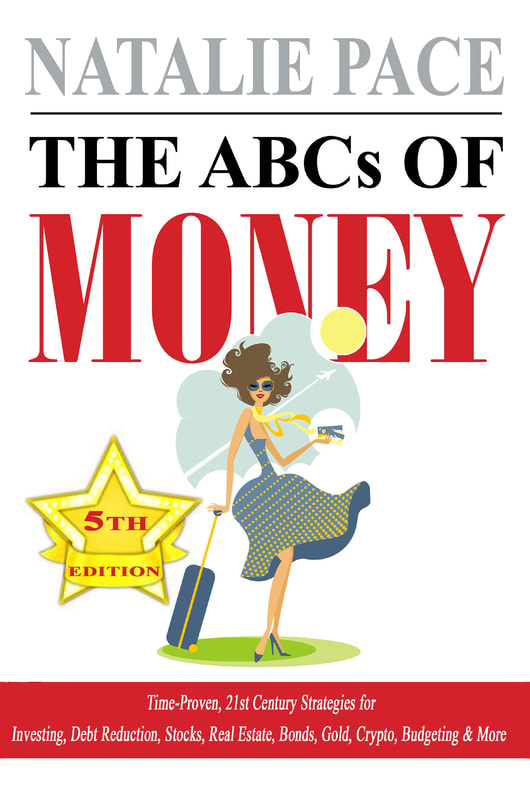

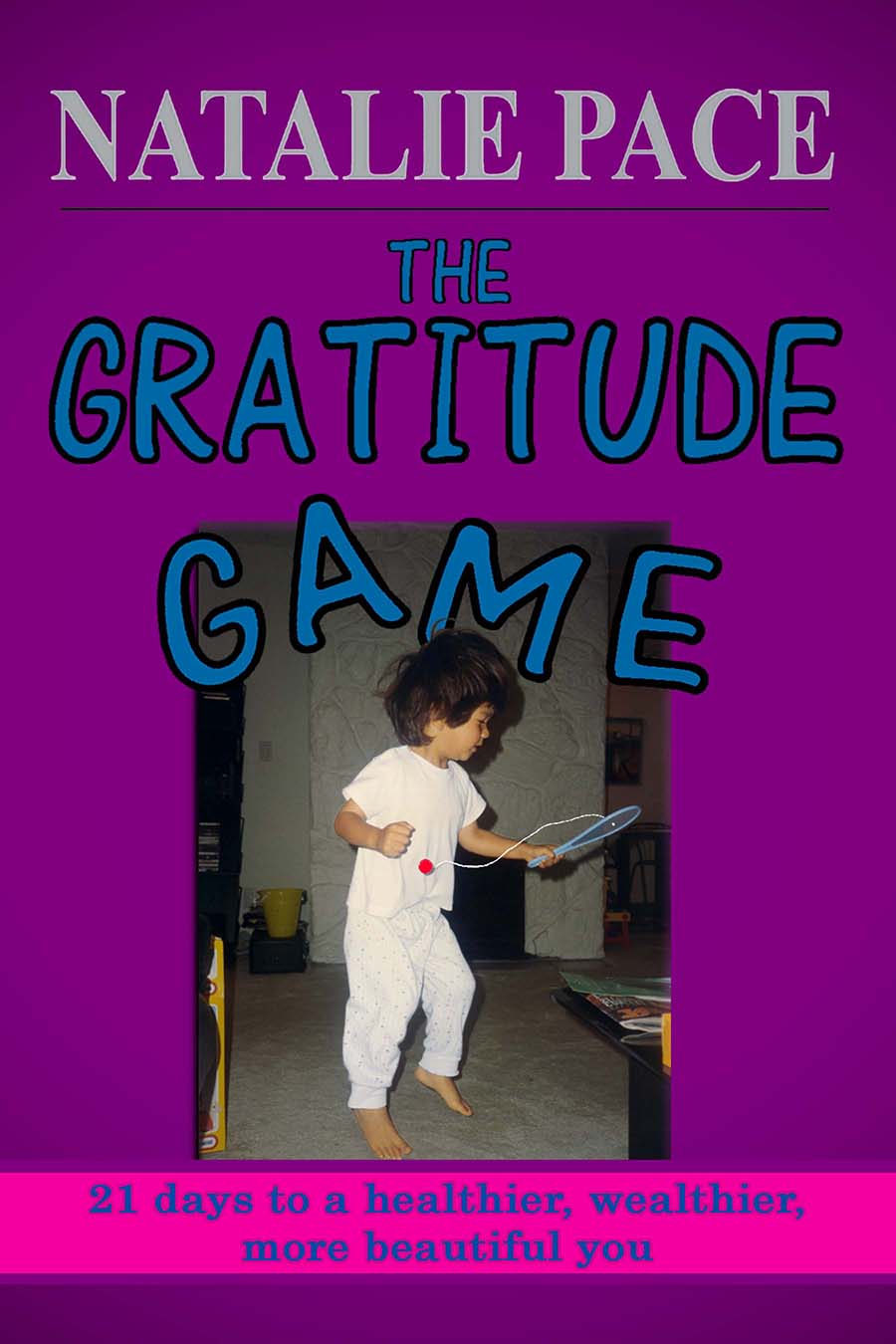



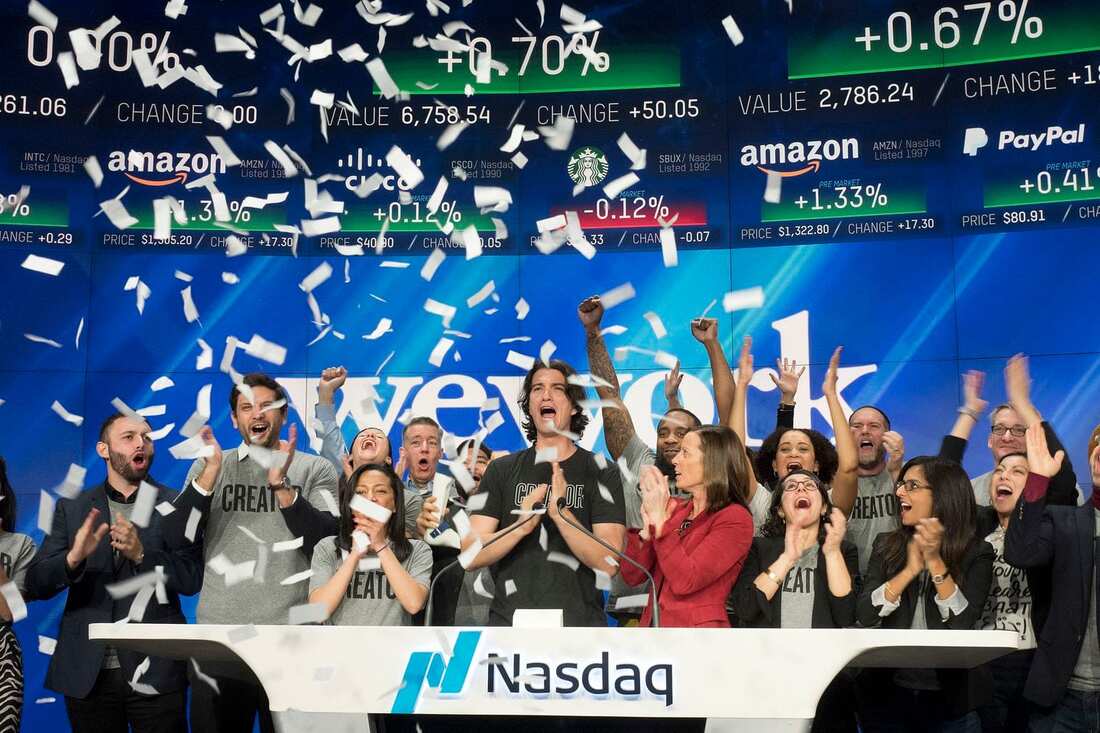

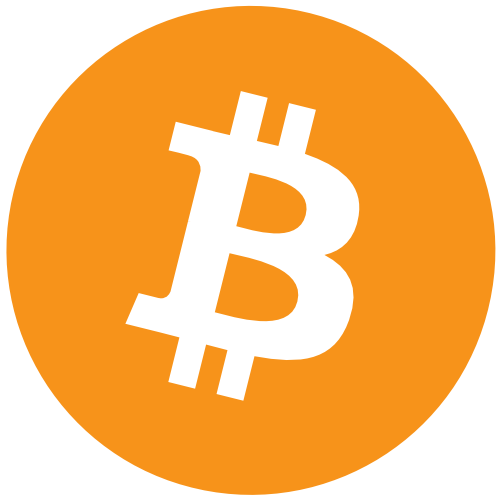
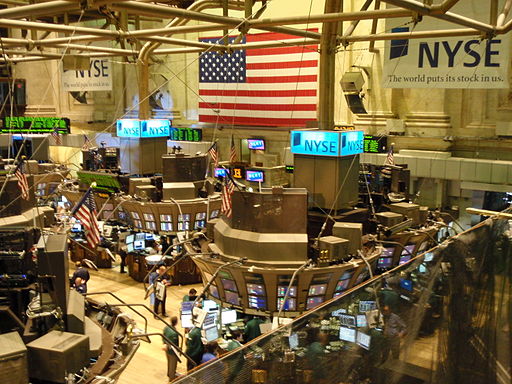
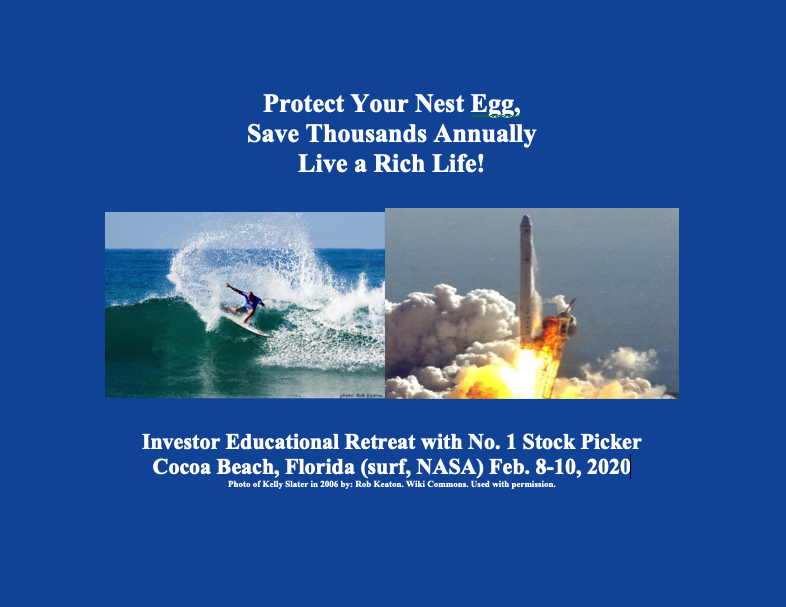

 RSS Feed
RSS Feed